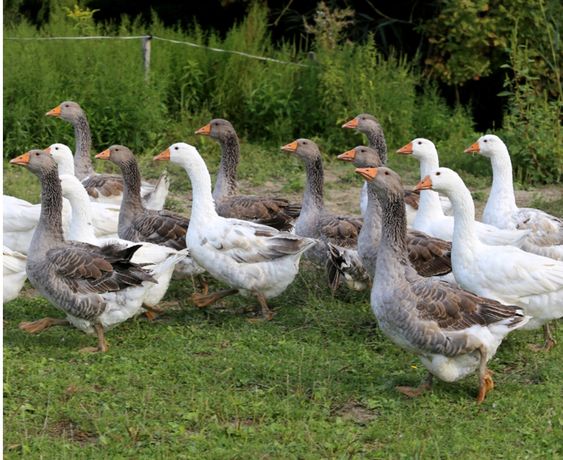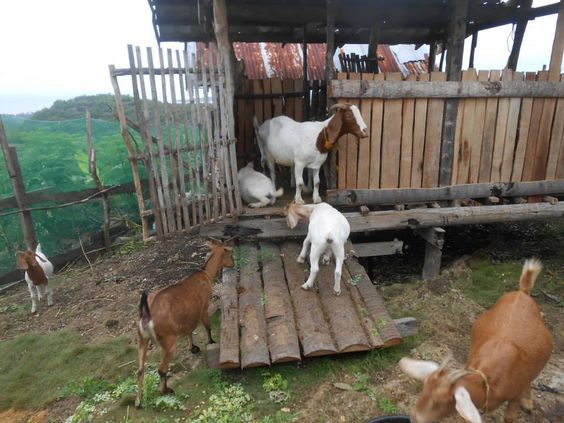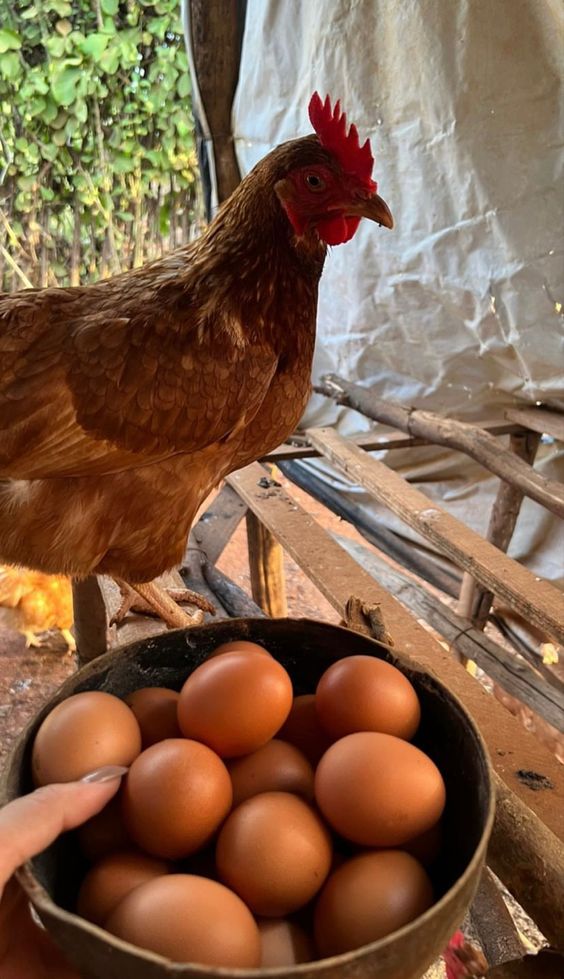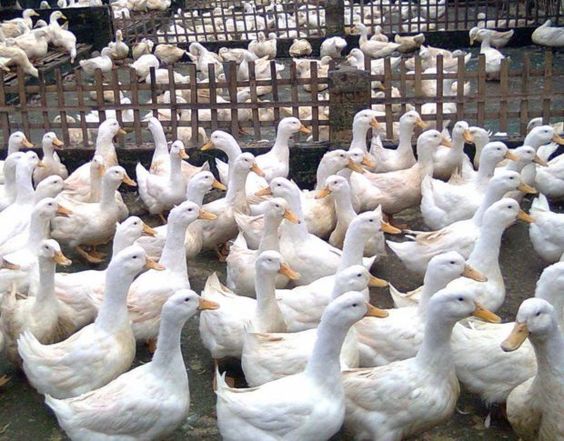Duck Cage Density: Optimizing Space for Healthier and More Productive Ducks
Duck Cage Density farming is an important agricultural activity worldwide, providing a significant source of meat, eggs, and feathers. One critical aspect of duck farming is the management of cage density, which directly impacts the health, productivity, and welfare of the ducks. Cage density refers to the number of ducks housed per unit area within a cage or enclosure. Proper management of duck cage density is crucial for optimizing production efficiency and ensuring the well-being of the birds.
Duck Cage Density
Duck cage density is a critical aspect of duck farming that affects the health, productivity, and welfare of the birds. Several factors influence the optimal cage density, including the species and breed of ducks, the farming operation’s purpose, the ducks’ age and size, and the design of the cage or housing system. These variables determine the space requirements necessary for the ducks to thrive.
Species and Breed Considerations
Different species and breeds of ducks have varying space needs. For example, larger breeds such as Pekin ducks require more room compared to smaller breeds like Khaki Campbell ducks. Breeders must consider the specific characteristics of their chosen species or breed to establish the correct cage density, ensuring that the ducks have enough space to move freely without stress.
Purpose of Farming Operation
The purpose of the duck farming operation significantly influences cage density. Meat production, which involves raising larger ducks, demands more space per bird to accommodate their growth and weight gain. In contrast, egg production often uses smaller ducks, which can be housed at a higher density. Operations that serve both meat and egg production must strike a balance between the space requirements for each purpose.
Age and Size of Ducks
Age and size are key factors in determining cage density. Ducklings require more space during their early growth stages to ensure proper development and mobility. As ducks mature, adjustments in space allocation may be needed to prevent overcrowding, stress, and injury, which could impact their overall health and productivity.
Cage and Housing Design
The design of the cage or housing system also plays a vital role. Proper ventilation, lighting, and flooring must be considered to ensure a healthy environment. Sufficient space for feeding and watering stations is essential for maintaining the ducks’ well-being and maximizing their performance.

Benefits of Proper Duck Cage Density
Goals of Managing Duck Cage Density
Managing duck cage density is crucial for achieving several key goals in duck farming. These goals include optimizing duck health and welfare, maximizing production efficiency, and ensuring sustainable farming practices. Each of these objectives is interconnected and requires careful management to be effectively met.
Optimize Duck Health and Welfare
The foremost goal of managing cage density is to ensure that ducks have adequate space to move, rest, and engage in natural behaviors. Proper cage density helps reduce stress among the ducks, which is crucial for preventing injuries and minimizing the risk of disease outbreaks. Ducks housed in optimal conditions are less likely to exhibit aggressive behavior or experience feather pecking, common issues in overcrowded environments. By providing a well-spaced living area, farmers can support the ducks’ overall health and well-being, leading to healthier birds that are more productive and have a better quality of life.
Maximize Production Efficiency
Efficient cage density management directly impacts production efficiency. When ducks are housed in well-designed systems with appropriate space, they can grow and lay eggs more effectively. Proper spacing minimizes competition for resources like food and water, which enhances feed conversion ratios and overall growth rates. This leads to increased egg production and better weight gain in meat ducks. By reducing feed wastage and optimizing resource use, proper cage density management helps lower production costs and improve economic returns, making the farming operation more profitable.
Ensure Sustainable Farming Practices
Sustainability in duck farming involves balancing economic, environmental, and social factors. Proper cage density contributes to sustainability by promoting better animal welfare and reducing environmental impacts. By preventing overcrowding, farmers can lower the risk of diseases that may require costly interventions and reduce the environmental footprint of their operations. Moreover, sustainable practices support the long-term viability of the farming operation and contribute positively to the health of the ecosystem and the well-being of farming communities. Implementing proper cage density management aligns with broader goals of environmental stewardship and responsible farming practices.

Ideas for Managing Duck Cage Density
Effectively managing duck cage density involves a strategic approach that combines thoughtful planning, ongoing monitoring, and adherence to best practices. Here are several key ideas to help farmers manage cage density efficiently:
Regular Monitoring and Adjustments
Frequent monitoring of duck health and behavior is crucial for detecting signs of overcrowding or stress early. Observing the ducks regularly helps identify issues such as aggressive behavior, poor growth rates, or signs of disease. Based on these observations, timely adjustments to cage density can be made to ensure that each duck has adequate space. This includes modifying cage sizes or rearranging ducks as they grow or as their needs change, ensuring that they have enough room and resources to thrive throughout their various life stages.
Implementing Proper Housing Design
The design of the cage or housing system plays a significant role in managing cage density effectively. Cages should be designed with ample space per duck, proper ventilation, and appropriate lighting to create a healthy living environment. Good ventilation helps control temperature and humidity, reducing the risk of respiratory issues. Lighting should be designed to mimic natural conditions as much as possible, supporting the ducks’ circadian rhythms. Additionally, feeding and watering stations must be strategically placed and sized to reduce competition and stress among the ducks, ensuring that all have easy access to essential resources.
Providing Enrichment
Incorporating enrichment activities into the duck housing system can significantly enhance the ducks’ welfare. Providing items such as perches, nesting boxes, and objects for pecking and foraging helps reduce boredom and stress. These enrichment opportunities encourage natural behaviors, such as foraging and nesting, which contribute to the ducks’ physical and psychological well-being. Enrichment not only makes the environment more stimulating but also supports the ducks’ overall health and productivity.
Training and Education
Investing in training and education for farm workers and managers is essential for effective cage density management. Educate staff on the importance of maintaining appropriate cage density and the best practices for duck farming. Training should cover how to monitor duck health, adjust cage density, and implement enrichment activities. Well-informed and skilled staff are better equipped to manage the ducks’ needs, make informed decisions, and contribute to the success of the farming operation.
Topic Suggestions for Further Exploration
Impact of Cage Density on Duck Behavior
Exploring the impact of cage density on duck behavior can provide valuable insights into how different housing conditions affect their social dynamics and well-being. Research could focus on how varying levels of cage density influence aggression, feather pecking, and other stress-related behaviors among ducks. Investigating these relationships will help in understanding how overcrowding or insufficient space impacts ducks’ physical and mental health. This can lead to better management practices that enhance welfare by reducing behavioral issues and fostering a more harmonious environment.
Economic Analysis of Duck Cage Density
Conducting an economic analysis of different cage density strategies is crucial for identifying the most cost-effective approaches to duck farming. This analysis should evaluate how varying cage densities impact production costs, such as feed and labor, and how these costs relate to overall profitability. It should also assess the effects on feed efficiency and growth rates. By comparing different density strategies, farmers can determine which configurations offer the best balance between cost and production efficiency, ultimately contributing to a more profitable and sustainable farming operation.
Environmental Impact of Duck Cage Density
Assessing the environmental impact of different cage density practices is important for understanding their sustainability. Research could explore how cage density influences waste management, including the accumulation and disposal of manure. Additionally, it would be valuable to investigate how different densities affect water usage and overall resource consumption. Understanding these impacts can help in developing practices that minimize environmental footprints and promote more sustainable farming operations. This includes evaluating how optimized cage densities can contribute to better waste management and reduced environmental impact.
Innovative Housing Designs for Optimal Cage Density
Exploring innovative housing designs and technologies offers a way to enhance cage density management and improve duck welfare. Research could focus on the development and implementation of automated systems, smart sensors, and other advanced technologies that facilitate better monitoring and management of cage conditions. Innovations such as climate control systems, automated feeding and watering stations, and real-time health monitoring could significantly enhance the management of cage density. Investigating these technologies will help in creating housing designs that maximize space efficiency while ensuring optimal conditions for duck health and productivity.

Advantages of Proper Duck Cage Density
Proper management of duck cage density provides several notable advantages that benefit both the ducks and the farming operation as a whole. These advantages encompass improved duck health and welfare, enhanced productivity, better management practices, and the promotion of sustainable farming practices.
Improved Duck Health and Welfare
Maintaining proper cage density is crucial for ensuring that ducks have sufficient space to move, rest, and engage in natural behaviors. When ducks are housed at appropriate densities, stress levels are significantly reduced, which minimizes the risk of injuries and the spread of diseases. Adequate space allows ducks to express natural behaviors, such as foraging and preening, which contributes to their overall well-being. Healthier ducks are more resilient, less prone to disease, and better able to thrive, leading to a more successful and humane farming operation.
Enhanced Productivity
Ducks kept in optimal cage density conditions typically exhibit higher growth rates, better feed conversion ratios, and improved egg production. When ducks have enough space, they can access resources like food and water without competition, leading to more efficient growth and production. This results in higher yields of meat and eggs, which translates to better economic returns for farmers. Proper cage density also ensures that ducks can reach their full potential in terms of growth and productivity, making the farming operation more efficient and profitable.
Better Management Practices
Managing cage density effectively simplifies the overall management and monitoring of the ducks. With appropriate spacing, farmers can more easily observe individual ducks, quickly identify and address health issues, and ensure that all ducks have access to adequate feed and water. Additionally, maintaining proper hygiene becomes more straightforward, reducing the risk of disease outbreaks. Efficient management practices lead to a more streamlined operation, improving both productivity and the quality of care provided to the ducks.
Sustainable Farming Practices
Sustainable farming practices aim to balance economic, environmental, and social factors, and proper cage density plays a key role in achieving this balance. By promoting animal welfare and reducing environmental impacts, such as waste accumulation and resource overuse, proper cage density supports the long-term viability of the farming operation. Sustainable practices contribute to the health of the ecosystem and the well-being of farming communities, ensuring that farming operations remain productive and environmentally responsible.
Managing duck cage density is a critical aspect of successful duck farming. Proper cage density ensures the health, welfare, and productivity of the ducks, leading to higher yields and better economic returns for the farmer. By understanding the specific needs of the ducks and implementing best practices for cage management, farmers can achieve optimal production efficiency and sustainable farming practices. Regular monitoring, appropriate housing design, enrichment activities, and training and education are key components of effective cage density management.






